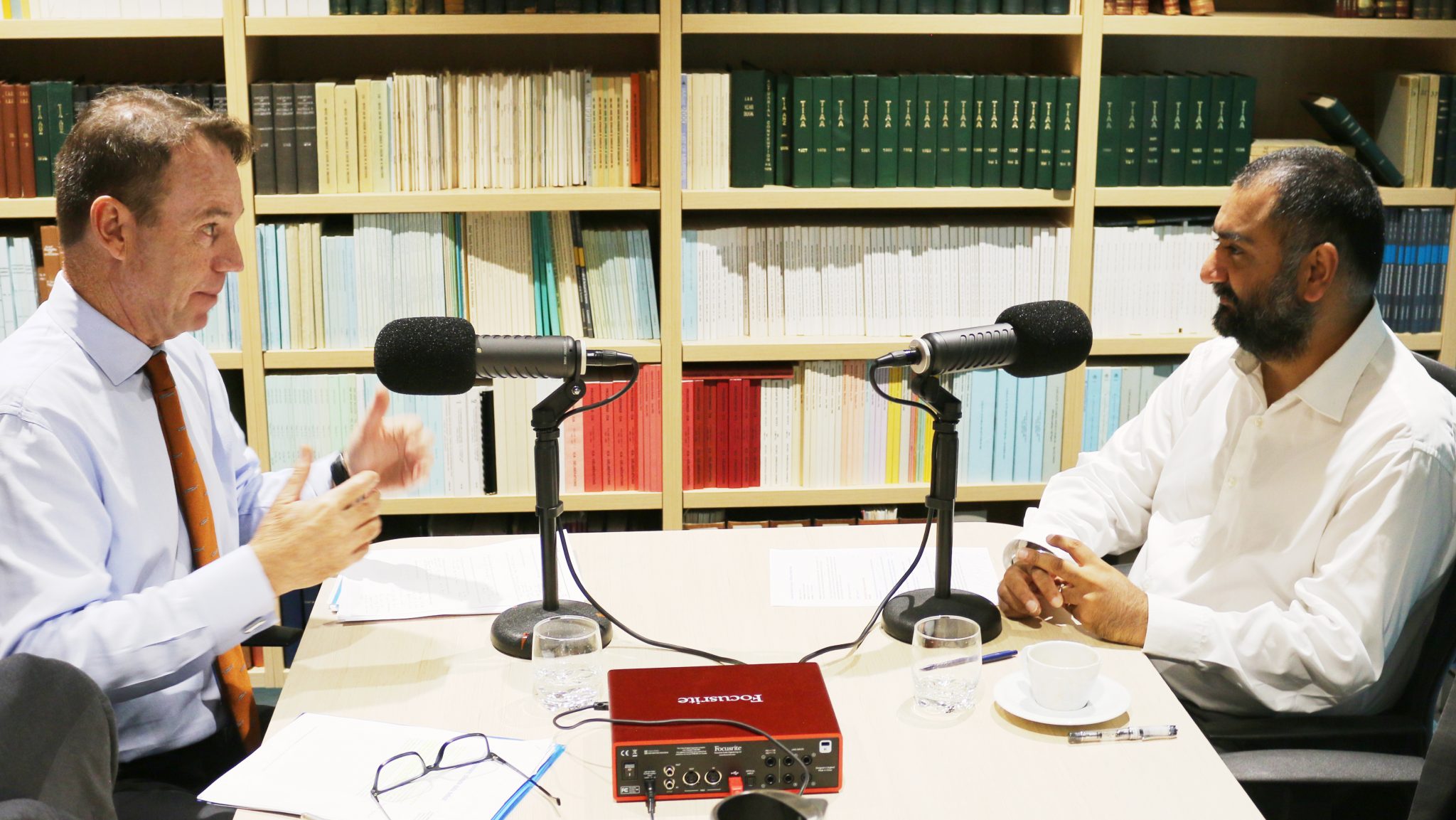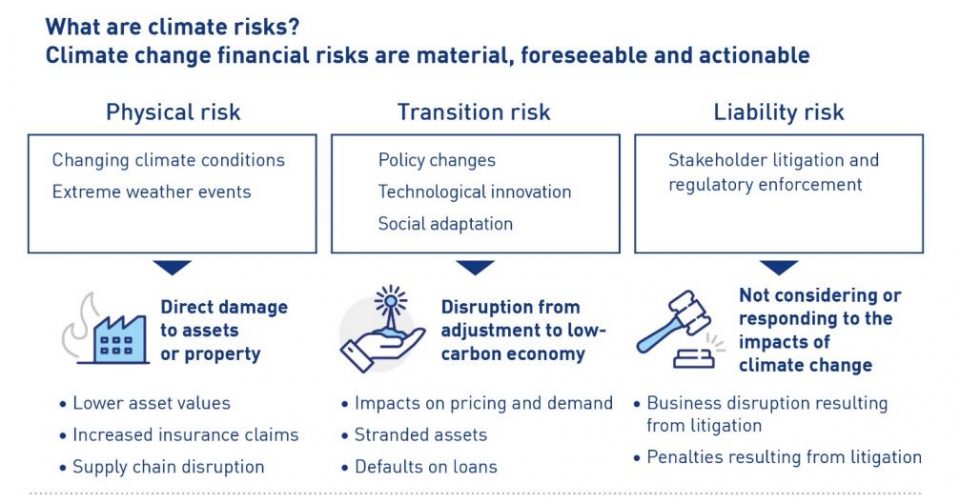
APRA takes action on climate change
It’s been three months since the Australian Prudential Regulation Authority (APRA) released their Information Paper – Climate Change: Awareness to action. We’ve checked in with Geoff Summerhayes from APRA to chat about the findings and actions from the Paper.
In this instalment of the Actuaries Institute podcast, Sharanjit Paddam – Convenor of the Actuaries Institute’s Climate Change Working Group and Head of ESG Risk at QBE Insurance Group, and Geoff Summerhayes – Executive Board Member at APRA discuss APRA’s Information Paper, Climate Change: Awareness to action. They delve into why the Paper was created, the discussion that it provoked and how APRA assess this type of risk.
Listen to the podcast, read the transcript, or read on here for a breakdown of the conversation …
Listen to “APRA Climate Risk Survey: Awareness to Action” on Spreaker.

Why was the paper created?
Before diving into the results of the Information Paper, Geoff provided some background knowledge on why the Paper was created and where the name came from. In 2016, there were three things that made the APRA Board “make a move” on climate risk. The first was the Paris Accord, second was the Task Force on Climate-related Financial Disclosures (TCFD) Financial Stability Board’s work on climate related financial disclosure, and the third was the Hutley legal opinion around Director’s duties here in Australia.
With all of this circulating, the APRA Board put together a program to increase the awareness of the risk. This included speeches, participation in conferences and panels and engaging with key stakeholders. After two years, APRA surveyed 38 large banks, insurers and superannuation trustees to test their awareness and their maturity and assessment of the climate-related financial risks.
Results
There is a clue in the title of the paper – Information Paper – Climate Change: Awareness to action – and the results showed that the ‘awareness phase’ had come to an end and the focus was shifting towards supervisory actions.
The survey found many regulated entities were taking steps to increase their understanding of the risk. The risk was being embedded in organisation’s risk management frameworks. These frameworks were similar to the TCFD framework.
APRA was also surprised by the degree of opportunities that these organisations identified, either in products, product innovation, opportunities for investment, services to their customers or the community, the extent of internal controls that have been embedded in organisations.

Moving from awareness to action
Not all industries look at this risk in the same way. But something uniting should be the move from awareness to action. As Geoff stated, APRA have improved their discipline on this particular risk and are factoring that into their normal supervisory approaches.
“We will be stressing more broadly to the APRA regulated flock, which numbers about 600, that we expect this risk to be incorporated into organisations’ risk management framework under the guidance of CPS220, which is a cross industry prudential standard for risk management, and SPS 220 for the superannuation sector.” – Geoff Summerhayes, Executive Board Member, APRA
What will APRA look for when assessing climate risk?
- They assess and rate the entity’s overall governance
- They also rate the strategy and ask ‘What strategy does the entity have in place and what’s the impact on products?
- How are the organisations improving their knowledge? What research papers have they published? What updated reporting action plans, position statements and roadmaps have they put in place?
Then APRA moves onto asking about the role that risk management plays:
- What are the different ways that APRA has observed risk management within that entity, how they’re managing financial risks and how is that incorporated into their risk registers?
- Does the organisation have a climate change policy? Are they documenting that in terms of their investment and underwriting procedures?
- What due diligence are they doing on customers when they’re both providing credit for the case of banks or underwriting or investing as the case of insurers and superfunds.
- How are they integrating that into their catastrophe modellings, pricing. and what business continuity plans have they got in place?
- Have they thought about stress testing and how are they assigning responsibilities to key individuals in the organisation around managing those risks?
And finally, opportunity:
- What opportunities are available within those firms for modelling and what scenario analysis have they done?
Next steps?
Landing firmly in the action phase, there is lots to do. Geoff outlined that APRA will continue to work with ASIC, APRA, and the RBA through the Council of Financial Regulators’ Climate Change Working Group. APRA will also be supportive of various industry initiatives that are underway and are looking firmly at opportunities.
CPD: Actuaries Institute Members can claim two CPD points for every podcast listened to.






